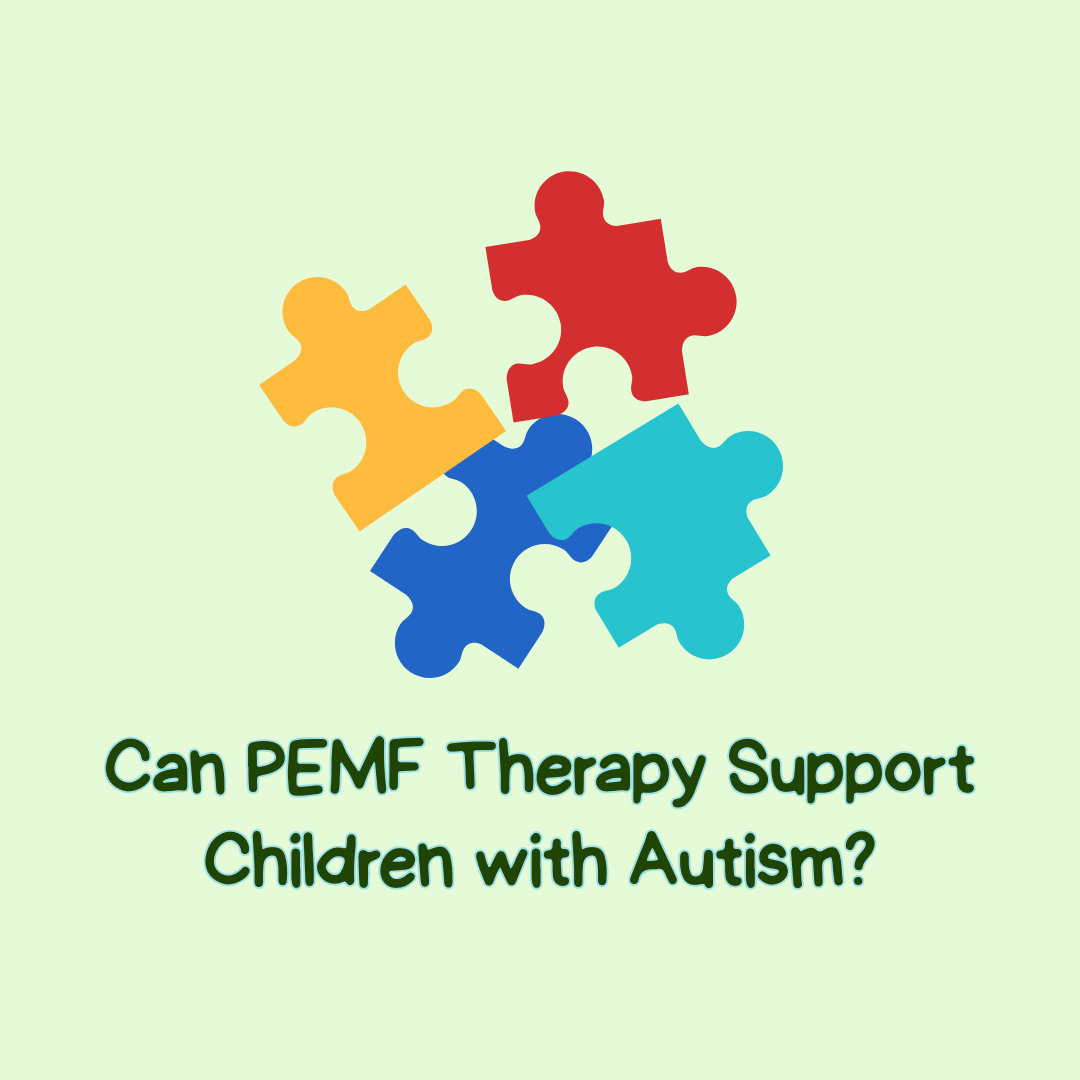Autism Spectrum Disorder (ASD) affects how children think, communicate, and interact with the world. Parents are always looking for safe and effective ways to support their child’s development. Alongside therapies, lifestyle changes, and sometimes medication, there’s a newer approach being talked about: Pulsed Electromagnetic Field (PEMF) therapy.
The best part? It’s safe, painless, and non-invasive—meaning nothing goes inside the body. The only common side effect reported is a mild headache that usually goes away quickly.
-
-
Improving blood flow in the brain
-
Reducing swelling and inflammation
-
Helping brain cells make more energy
-
Supporting brain connections and communication
-
Since autism is linked to challenges with energy use in brain cells, this therapy may be especially helpful.
Experts believe it’s not just genetics—it may also be linked to modern life factors like:
-
Pollution in the air, water, and soil
-
Diets high in processed foods
-
Too much exposure to technology and “electro-pollution”
Some children may have a harder time clearing these toxins from their bodies, which can affect brain health.
-
2010 (University of Louisville, USA): Children who received magnetic stimulation showed fewer repetitive behaviours and less irritability. Some even improved in social skills.
-
2014 Studies: Teenagers with autism showed better thinking skills and behaviour after low-frequency PEMF therapy.
-
Monash University, Australia (2014): PEMF therapy reduced anxiety and social difficulties in children with autism.
- Harvard Medical School: Found that PEMF can help the brain “rewire” itself, making it more flexible and open to learning.
These studies suggest PEMF may offer real benefits without the risks often seen with medications.


